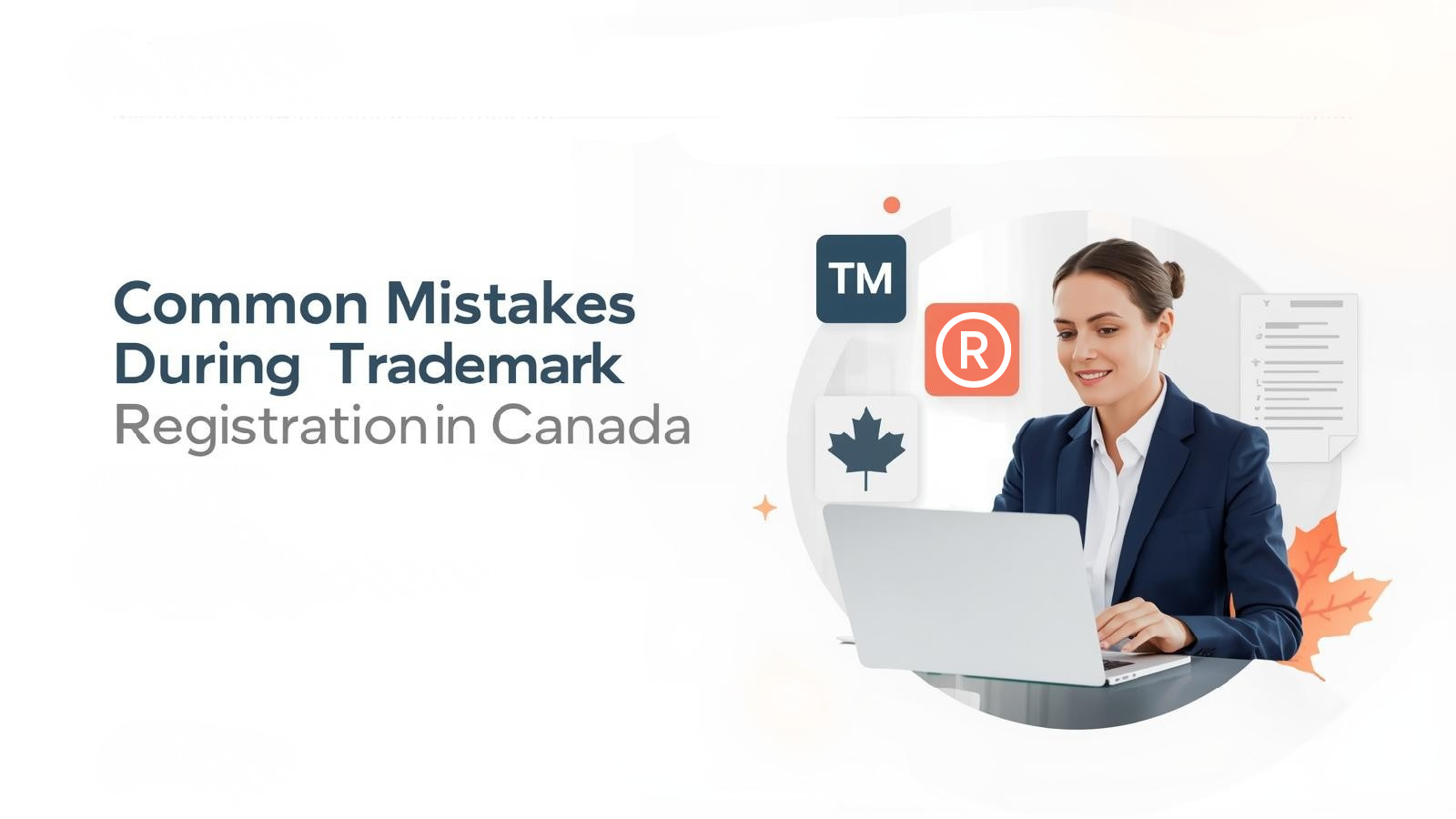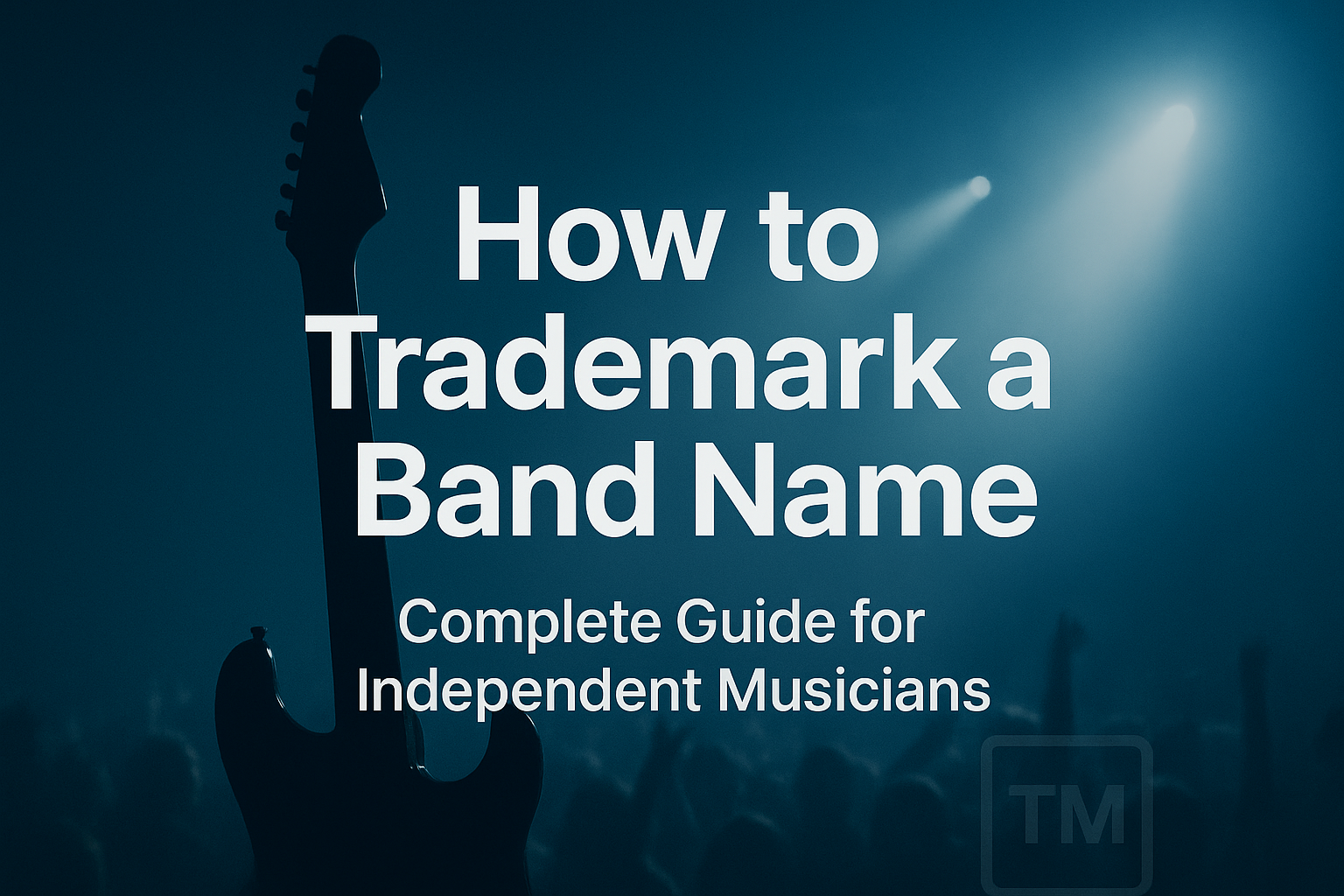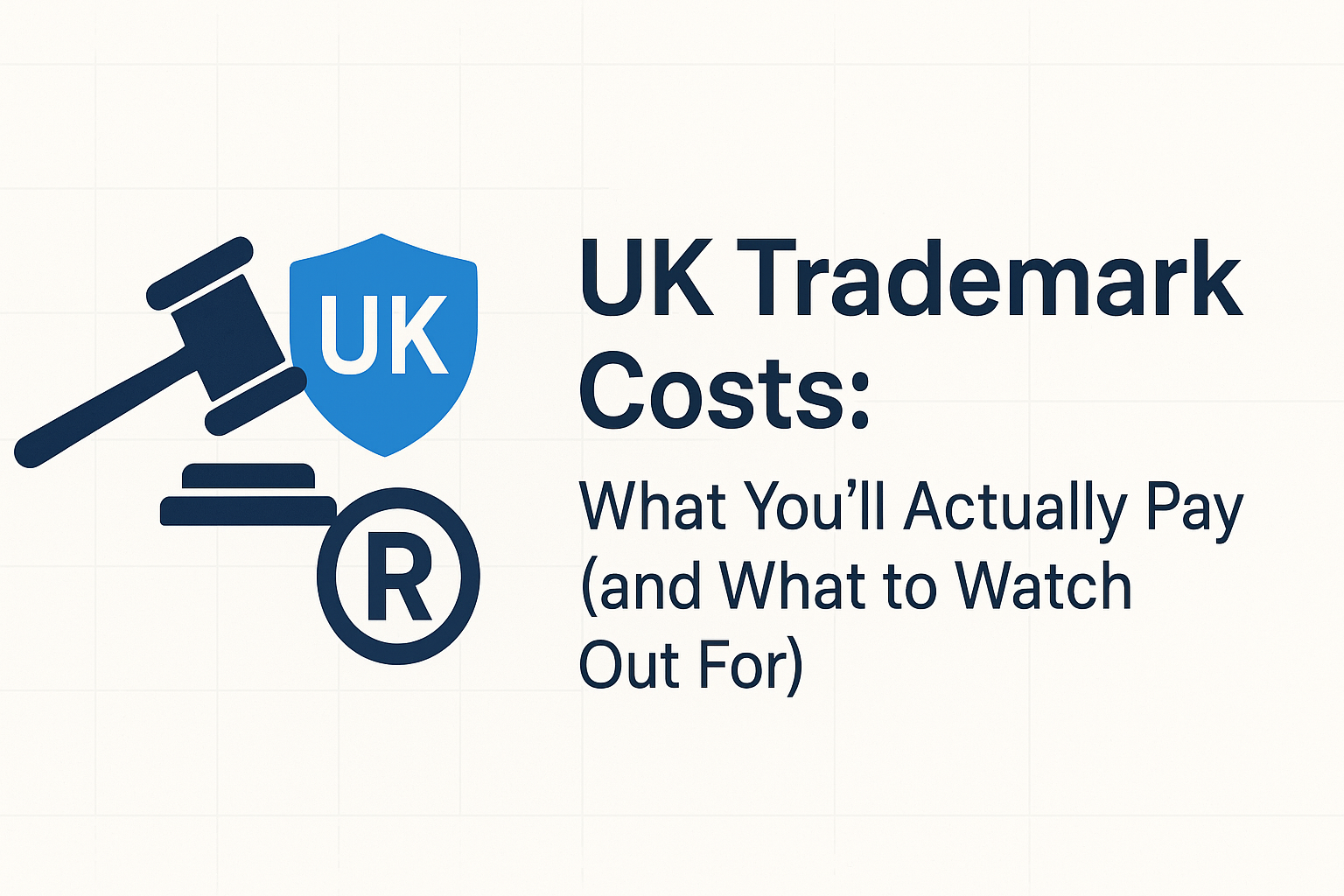
Case Studies on Genericide: How Some Famous Trademarks Became Everyday Words
Trademarks are a big deal for businesses. They help protect brand identity and ensure that customers associate a product with a specific company. But what happens when a brand name becomes so popular that people start using it as a generic term for an entire product category? That’s called “genericide,” and if that happens, you may lose your trademark rights.
In this article, we’ll take a look at some famous cases of genericide and how companies can avoid it.
What is Genericide?
Genericide happens when a brand name becomes so common that it stops being associated with a single company. Instead, it turns into a general/generic term for all similar products. Once that happens, the company can lose its exclusive rights to the trademark, meaning competitors can use the name too. Every company should ensure that it doesn’t lose its trademarks rights. How? Read on, to learn at the end of the article.
Famous Cases of Genericide
1. Aspirin (Bayer)
Aspirin was originally a brand name owned by Bayer for acetylsalicylic acid, a pain reliever. But as more people used the word “aspirin” to describe any pain medication, the name lost its trademark protection in several countries, including the U.S. Today, Bayer still owns the trademark in some regions, but in many places, “aspirin” is just a common word for pain relief. And how do you call your pain relief pills? I bet you, it’s Aspirin!
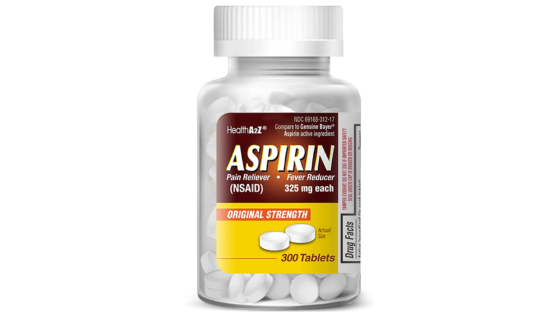
2. Escalator (Otis Elevator Company)
Otis Elevator Company coined the term “escalator” for its moving staircases. But the word became so popular that people started using it generically to refer to any moving stairs. In 1950, a U.S. court ruled that “escalator” had become generic, costing Otis its trademark. Try to remember another word to replace “elevator”!

3. Thermos (Thermos LLC)
Once a registered trademark, “Thermos” referred specifically to a brand of vacuum flasks. Over time, however, people started using the term for any insulated beverage container. By 1963, a U.S. court determined that “thermos” had become a generic word, stripping the company of its exclusive rights. Now, all vacuum flasks are simply called “thermos”.

4. Kleenex (Kimberly-Clark) – A Close Call
Kimberly-Clark has spent years fighting to keep “Kleenex” as a trademark, even though many people use it as a generic term for facial tissues. The company actively corrects improper usage and runs marketing campaigns to remind consumers that Kleenex is a brand, not just a type of tissue. So far, these efforts have helped maintain its trademark status. However, if you have a runny nose, do you ask for a “Kleenex” or for a tissue?
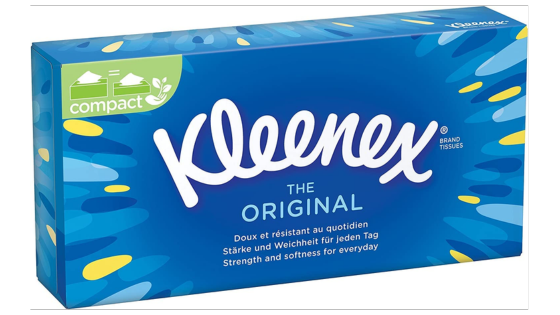
5. Xerox (Xerox Corporation) – A Success Story
“Xerox” has often been used as a verb meaning “to photocopy,” which put the company’s trademark at risk. To prevent genericide, Xerox ran aggressive marketing campaigns urging people to say “photocopy” instead of “xeroxing.” Their efforts paid off, and they successfully kept their trademark.

6. Zipper (B.F. Goodrich)
The term “zipper” was originally a trademark owned by B.F. Goodrich for a brand of boots with a fastening device. However, the name quickly became associated with any fastening mechanism of this type, leading to the loss of trademark protection. I can’t even come up with an alternative name for a “zipper”, can you?
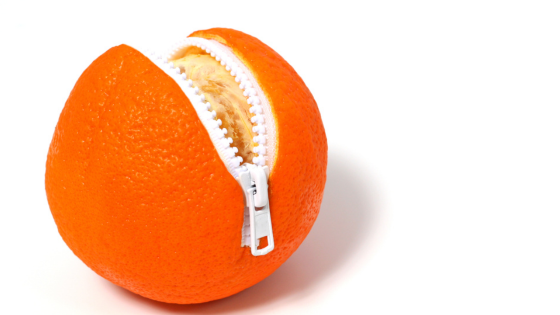
7. Cellophane (DuPont)
DuPont originally held the trademark for “Cellophane,” a transparent wrapping material. However, widespread use of the term to describe any type of plastic wrap led to its genericization, and the company lost its exclusive rights.
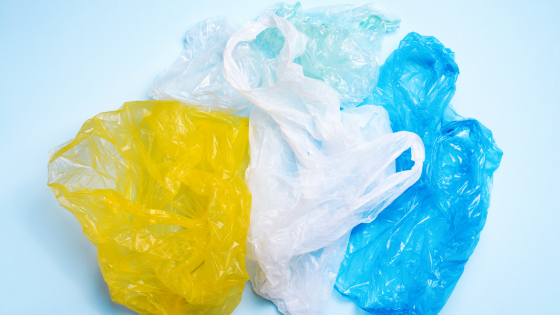
8. Band-Aid (Johnson & Johnson) – A Close Call
“Band-Aid” is often used to refer to any adhesive bandage, but Johnson & Johnson has actively worked to maintain its trademark status. The company ensures that advertisements refer to their product as “Band-Aid brand bandages” to reinforce the brand distinction. Do you notice what the company did? They use their trademark before the descriptive, not instead of it!
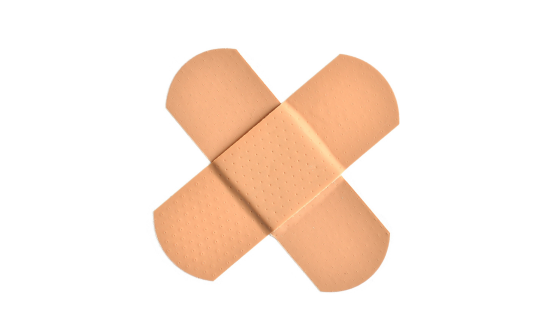
9. Velcro – A Defensive Approach
Velcro, known for its hook-and-loop fasteners, has fought hard to prevent its brand name from becoming generic. The company even released a humorous public service announcement urging people to refer to the product as “hook-and-loop fasteners” instead of “Velcro.”
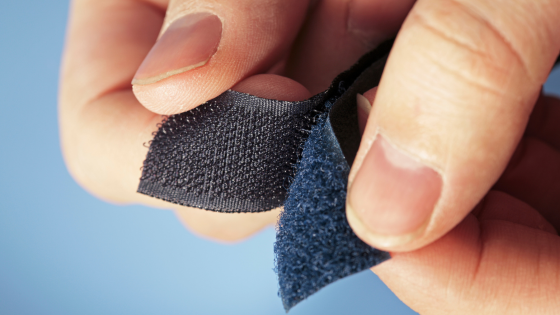
10. Google – A Brand at Risk
Google has become synonymous with online searching, with many people using “Google” as a verb (e.g., “Just Google it”). This widespread usage puts the brand at risk of genericide. While Google actively discourages generic use by promoting phrases like “search with Google,” the company must continuously protect its trademark to prevent it from becoming legally generic.

How to Protect Your Trademark from Genericide
If a brand name becomes too widely used, it risks losing its legal protection. Here are some ways to prevent that from happening:
- Use the Trademark as an Adjective, Not a Noun or Verb
Example: Say “Kleenex brand tissues” instead of just “Kleenex.”
Example: Say “check on the Google search engine” instead of “Google it.”
- Educate Consumers and the Media
Use advertising and disclaimers to remind people that your trademark is a brand name, not a generic term.
- Monitor and Correct Improper Usage
If you see your trademark being misused, take action. Send correction requests to media outlets and even legal notices if needed.
- Create a Generic Term for Your Product
Encourage people to use a generic term alongside your brand (e.g., “Kleenex tissue ” instead of just “Kleenex”).
- Register Different Versions of Your Trademark
Protect variations of your trademark to stop competitors from slightly altering your brand name and using it.
- Use Trademark Symbols and Distinct Formatting
Always include the ® for a registered trademark or ™ symbol for a pending trademark, when mentioning your trademark in branding and marketing materials.
Distinguish your trademark from surrounding text by using bold, italics, capitalization, or a unique font style to reinforce its brand identity.
Conclusion
While it’s great for a brand name to become popular, losing trademark protection can be disastrous. Genericide is a real risk, but companies that actively protect and educate consumers about their trademarks can avoid it. If you’re worried about your brand name becoming too generic, take proactive steps to keep it protected.
Need help safeguarding your trademark? Contact Trademark Angel for expert guidance!



